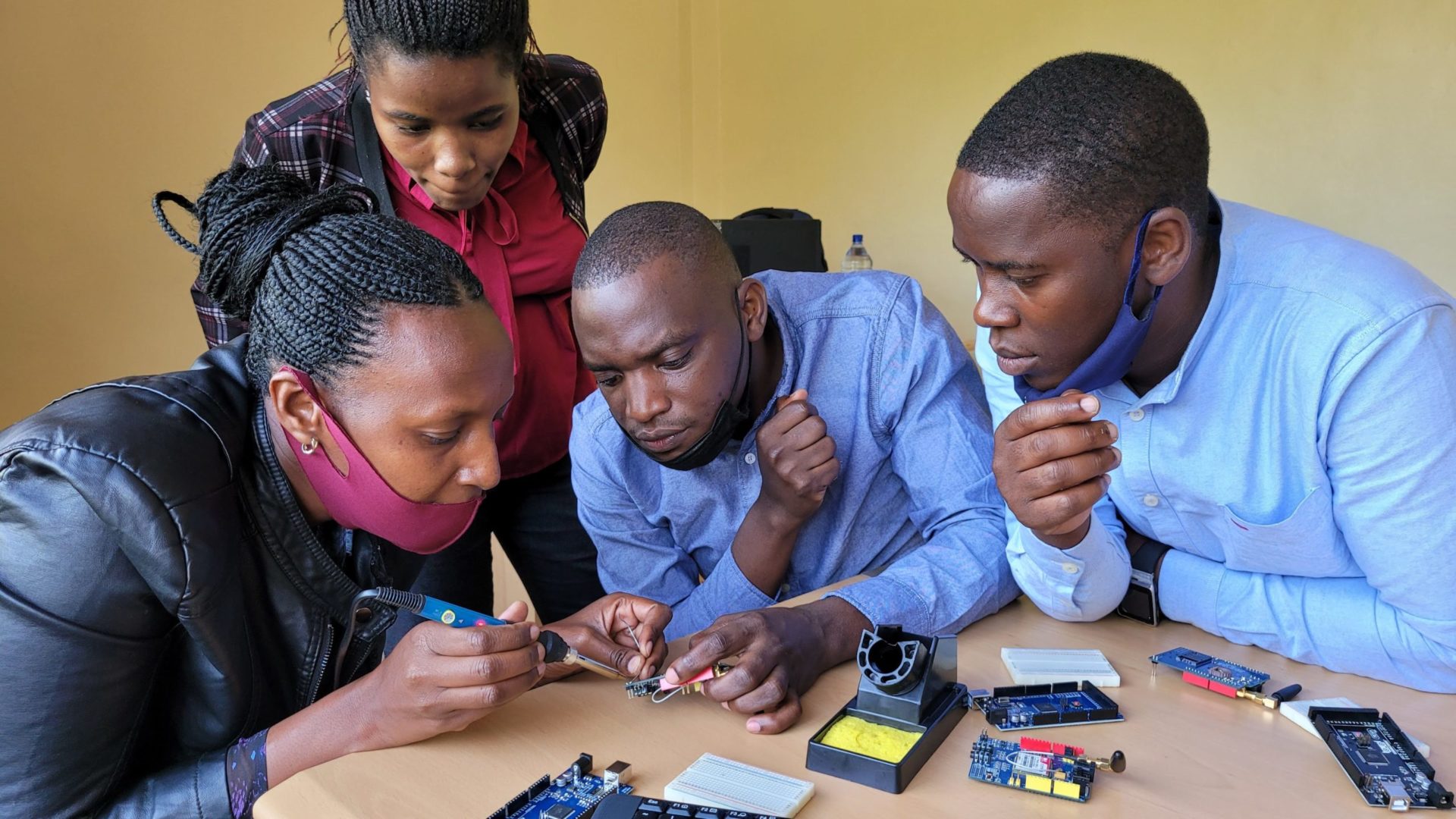Air pollution is a growing challenge for Africa, with the rapid population growth, industrial growth and consumption growth which have greatly contributed to increased levels of pollution. While a lot of attention has been given to managing outdoor air pollution, indoor air pollution is proving to be the silent killer to many African homes where majority of the families still burn wood and use other biomass to cook and heat their homes. Children and pregnant women are significantly affected. While deaths from indoor air pollution in Africa have declined by about 15% since 1990, the overall number of deaths is still high at over 400,000 as at 2017 according to a report published by UNICEF in 2019. It is therefore imperative to create awareness of the dangers associated with the indoor air pollution exposure to African families.
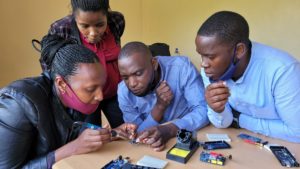
The University of Rwanda’s Centre of Excellence on Internet of Things (IoT), Embedded Computing Systems with funding from the PASET Regional Scholarship’s competitive grants scheme, in close collaboration with a team from Makerere University is implementing a project to assess the levels of indoor air pollution in rural and urban communities in Rwanda. The project aims to develop an IoT monitoring device that will help families assess the levels of indoor air pollution in their homes and propose mechanisms to help families implement measures to reduce the high levels of indoor air pollution detected to the acceptable levels as guided by the World Health Organization. The tool will also provide general information to create awareness to the families on the causes, dangers, and mitigation measures for indoor air pollution.
This far, the project team has completed the design of the IoT indoor air pollution prototype and produced three of the 60 IoT devices to be developed through this initiative, the tool has been deployed to pilot sites and is able to collect necessary data in the homes and feed to a centralized monitoring system for data processing.
The project is also mentoring five PhD students from the university who have received hands on training on developing the IoT prototype in addition to participating in various short courses on the embedded systems which have exposed them to different technologies used in IoT prototyping. The students are also using new tools for data collection and data visualization. Besides mentoring PhD students, other partners involved in the project have also gained more skills such as backend development for centralized data storage systems. The project will also train the local community on the use of the Indoor IoT monitoring tool for increased uptake.
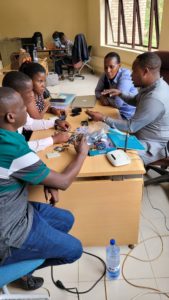
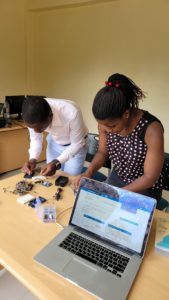
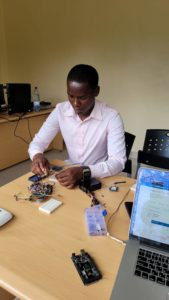
Students soldering the IoT prototyping device
The whole project concept was made clear through the prototype presentation. I got to learn more about the Arduino platform, Sensors (humidity sensor in particular), and programming behind the GSM module said Barbara Asingwire, RSIF Scholar, University of Rwanda
I have learned the basics of embedded systems and knowing the keywords that are used. I have seen that there are plenty of opportunities in that field and I expect to chase them as well. I have learned how I can connect humidity sensor and temperature sensor to Arduino, and we programmed them said Eric Nizeyimana, RSIF Scholar, University of Rwanda
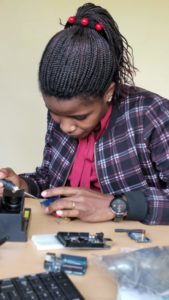
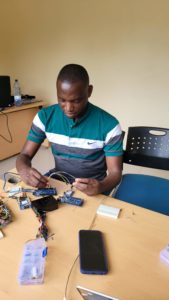
RSIF students learning how to design their first IoT Prototype device(s)
The “Real Time Assessment of indoor air pollution in Rwanda rural and urban households” is one of 16 projects currently being funded through the RSIF Research Grants window. The grants are competitively awarded to faculty of RSIF African Host Universities (AHUs), to undertake research that has practical solutions in five priority thematic areas identified by the Partnership for Skills in Applied Sciences, Engineering and Technology (PASET). The project is significantly contributing to Rwanda’s National Strategy Framework on Climate Change and Low Carbon Development. Through this strategy, the country has taken a big step towards achieving socio-economic development that is resilient to economic, social and environmental shocks related to population growth, and climate change as well as global visions to attain the Sustainable Development Goals (SDGs).


